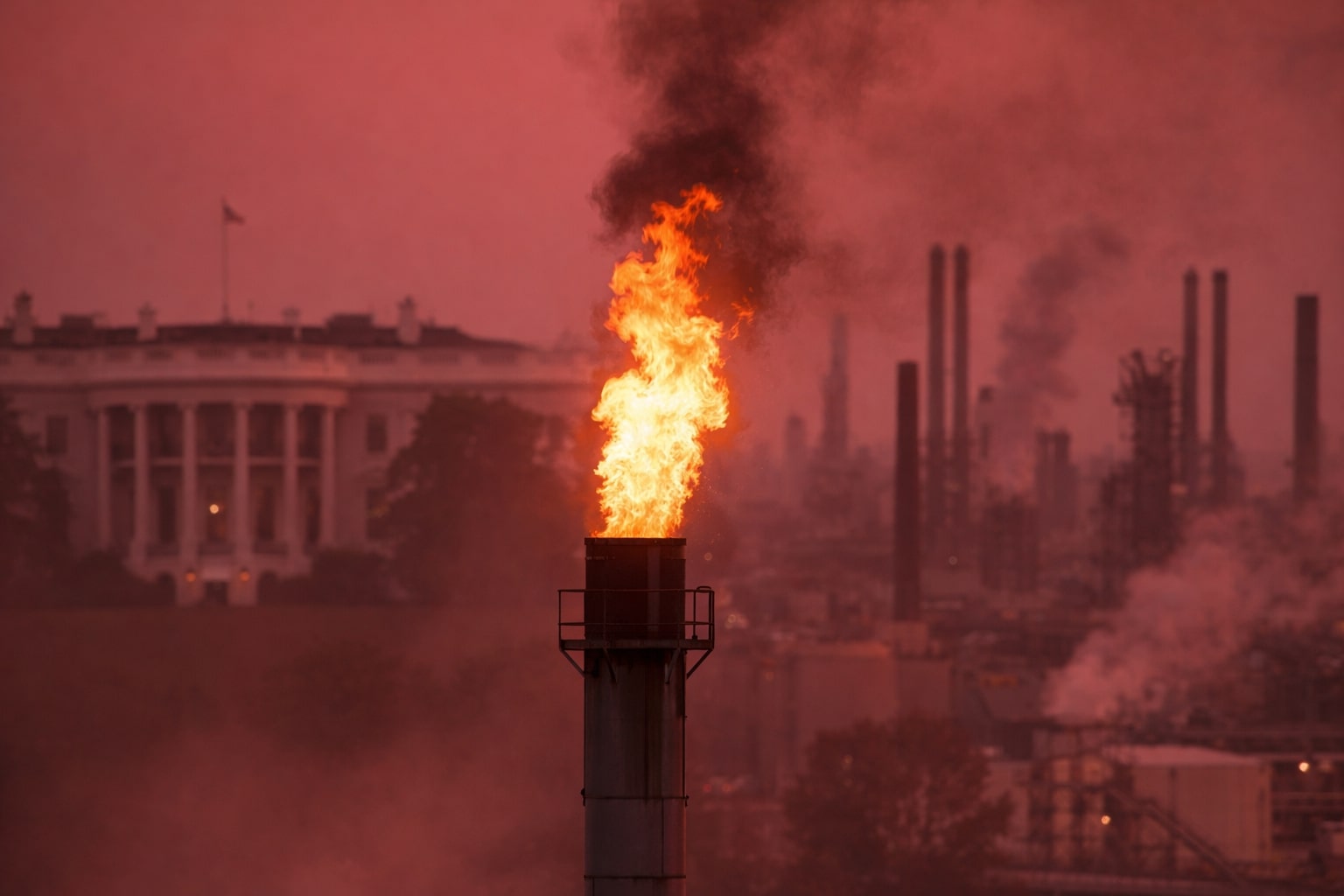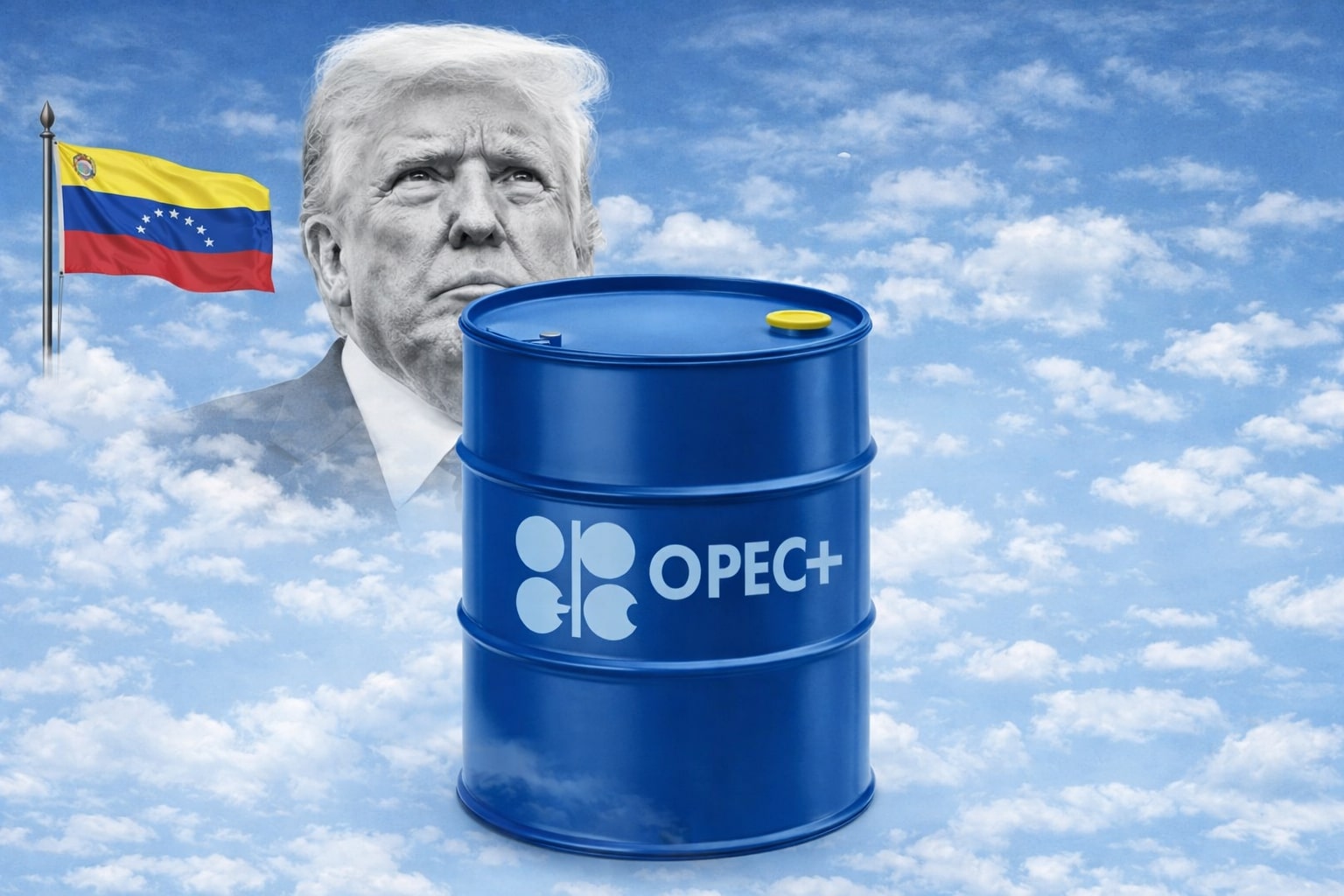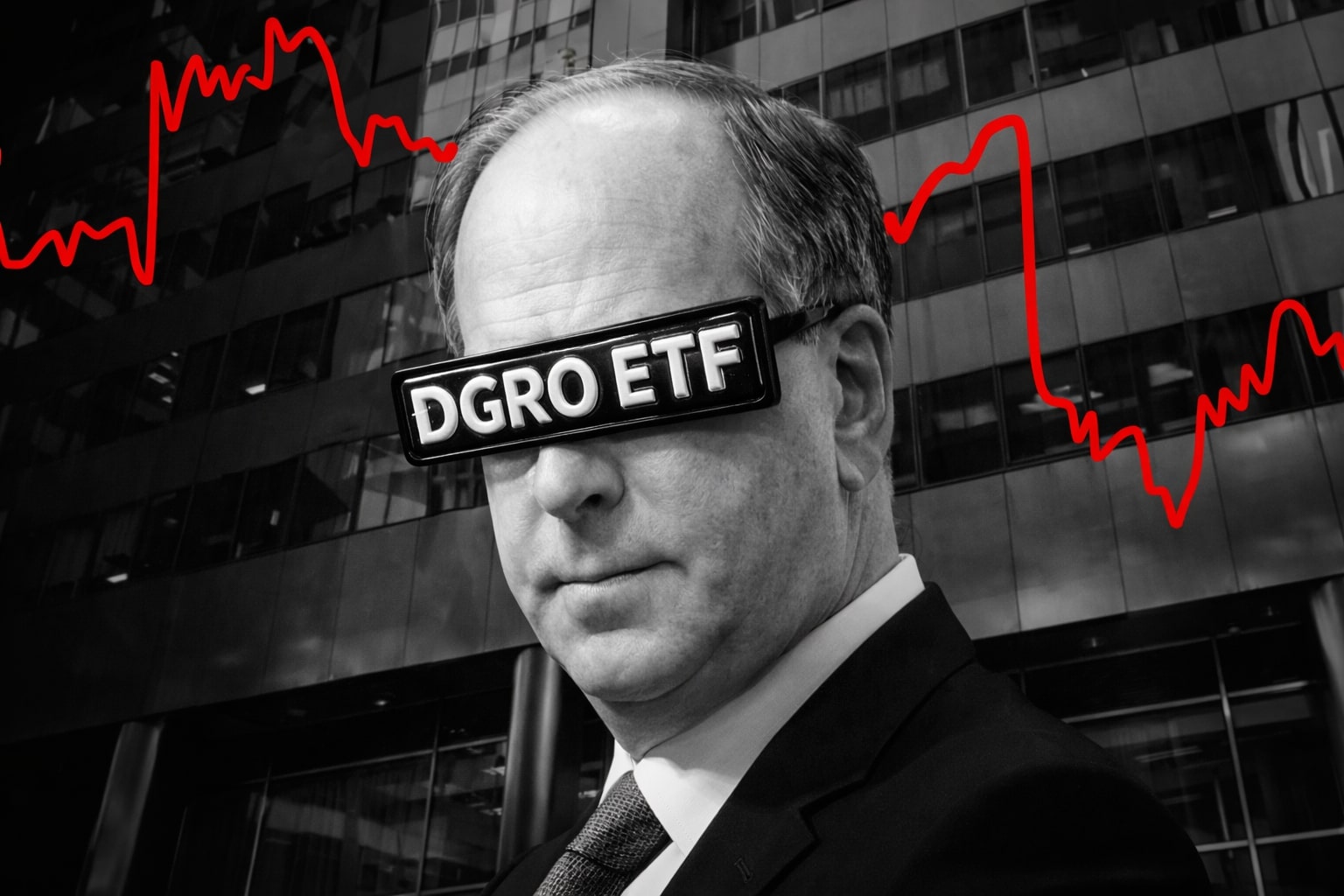
Is the Current Surge in WTI Crude and Brent Crude Prices Sustainable?
Can WTI Crude Break Above $65 Per Barrel? What Are the Key Factors Affecting Oil Prices Right Now? | That's TradingNEWS
Oil Price Dynamics: Understanding WTI and Brent's Movements Amid Geopolitical and Economic Factors
The global oil market remains in a state of flux, with oil prices like WTI (CL=F) and Brent (BZ=F) experiencing fluctuations driven by several critical factors. Recently, WTI Crude Oil rose by 1.58% to settle at $61.06 per barrel, while Brent Crude Oil saw a smaller gain of 1.40%, reaching $63.91 per barrel. These movements occur in the context of complex geopolitical shifts, economic policies, and energy transitions that continue to influence the oil and gas industry.
Global Oil Prices and Break-Even Points for Producers
For investors and stakeholders in the oil sector, understanding the break-even points for different oil-producing regions is crucial. In the United States, the break-even price for West Texas Intermediate (WTI) hovers around $65 per barrel. This threshold represents the price at which oil production becomes economically viable for many oil companies in Texas. At current WTI prices of $59, U.S. producers are operating below the break-even point, indicating that some smaller producers may face challenges unless prices rise. On the other hand, in Canada, conventional oil producers can still cover operational costs at lower prices, with break-even points ranging from $50 to $55 per barrel. More resilient oil sands companies can endure even lower prices, as evidenced by Canadian Natural Resources, which can maintain its operations at $40 per barrel, highlighting the varied financial resilience across regions.
These differing break-even points underscore the financial strain on U.S. producers compared to their Canadian counterparts, raising questions about the sustainability of current production levels if oil prices remain stagnant or decline further. The ongoing volatility in oil prices is reflective of broader market dynamics, where economic pressures, production costs, and geopolitical tensions play a pivotal role in shaping future price trends.
Geopolitical Factors Driving Oil Price Movements: Sanctions and Global Energy Politics
Geopolitics remains one of the most significant drivers of oil prices, with sanctions playing a key role in shaping the future of the market. The UK government’s decision to impose fresh sanctions on Russian oil tankers serves as a prime example of how political decisions can directly impact the oil trade. These sanctions target up to 100 Russian vessels, responsible for transporting over £18 billion ($24 billion) worth of oil since the beginning of 2024. These tankers are seen as crucial in financing Russia’s war efforts, and the move to restrict their access to British ports is designed to increase pressure on Moscow. With the UK government highlighting the importance of these sanctions in supporting Ukraine's defense, the impact on oil flows, particularly from Russia, is expected to be significant. This action adds to the ongoing uncertainty in the oil market, with potential disruptions in Russian oil exports further tightening global supply and driving up prices.
The broader implications of these sanctions are not only felt in the geopolitical sphere but also across energy markets. As Russia faces further isolation, alternative suppliers, including those from the Middle East and the U.S., are likely to benefit, potentially altering the global oil supply chain. However, these shifts are not without their challenges, as energy markets continue to grapple with supply-demand imbalances, inflationary pressures, and the transition towards renewable energy sources.
The Role of Renewable Energy in the Future of Oil Prices
Looking ahead, the growing demand for renewable energy and the transition away from fossil fuels may significantly influence the future of oil prices. In regions like sub-Saharan Africa, where energy demand is set to surge with a rapidly growing population, the need for affordable and sustainable energy solutions is becoming more urgent. While innovative solutions such as microbial fuel cells (MFCs) offer a promising avenue for clean energy, their high cost and scaling challenges make them unlikely to replace traditional energy sources in the near future. However, their development may shift the focus of energy markets and reduce reliance on oil, affecting long-term price stability.
At the same time, countries around the world are increasingly investing in renewable energy to reduce their dependence on oil, particularly in the wake of climate change concerns. China's expanding influence in clean energy projects through its Belt and Road Initiative further demonstrates how global energy dynamics are shifting. As the world’s largest clean energy trading partner, China’s growing presence in emerging markets is reshaping the future landscape of energy production. For oil prices, this means that the long-term trajectory could be influenced by how quickly renewable energy sources can scale and become competitive with fossil fuels.
The Future of Oil Prices: Is $65 the New Normal?
As global supply chains adjust and geopolitical tensions rise, the question remains: where will oil prices settle? With WTI currently trading at $61.06 per barrel and the break-even point for U.S. producers sitting at around $65, there is a delicate balance between price recovery and production sustainability. If oil prices fail to rise above the $65 threshold, many smaller producers may struggle to remain profitable, potentially leading to reduced production levels and tighter supply in the market. Conversely, sustained demand for oil, particularly from emerging economies and industrial sectors, could support higher prices, pushing the market towards a new equilibrium.
In the context of Brent Crude trading at $63.91 per barrel, geopolitical factors like the UK’s sanctions on Russian oil tankers will play a crucial role in determining whether global oil prices can remain above these key levels. As countries continue to navigate the dual challenges of energy security and climate goals, oil prices are likely to remain volatile, with fluctuations influenced by both supply-side constraints and growing demand from transitioning economies.
Concluding Thoughts on the Oil Market’s Complex Future
Oil prices, particularly WTI (CL=F) and Brent (BZ=F), continue to be shaped by a multitude of factors that extend beyond traditional supply and demand models. Geopolitical tensions, energy transitions, and varying break-even points across regions create a multifaceted landscape where oil prices could continue to fluctuate unpredictably. The path forward for oil will likely depend on how key players in the market navigate these challenges, as well as how quickly alternative energy sources can scale to meet the growing global energy demand.
For investors, keeping an eye on the interplay between traditional oil markets and renewable energy development will be crucial in understanding the future price trajectory. With the break-even points for U.S. producers pushing close to $65 per barrel and the ongoing geopolitical uncertainties, WTI (CL=F) and Brent (BZ=F) are expected to remain volatile, potentially offering opportunities for both upside and downside based on market movements.
That's TradingNEWS
Read More
-
DGRO ETF Price: Is DGRO at $69.17 Still the Better Dividend-Growth Bet?
17.12.2025 · TradingNEWS ArchiveStocks
-
XRP Price Stuck Below $2 As XRPI at $10.74 and XRPR at $15.26 Ride $1B+ ETF Inflows
17.12.2025 · TradingNEWS ArchiveCrypto
-
Natural Gas Price Forecast - NG=F Steady Near $4 as TTF Jumps on Colder Forecasts and LNG Outage Risk
17.12.2025 · TradingNEWS ArchiveCommodities
-
USD/JPY Price Forecast: USDJPY=X 155.50 Pivot Before BoJ Hike and US CPI
17.12.2025 · TradingNEWS ArchiveForex



















